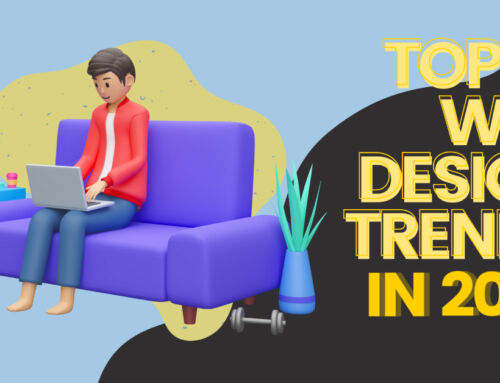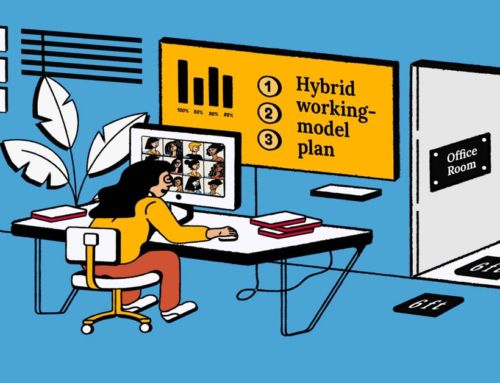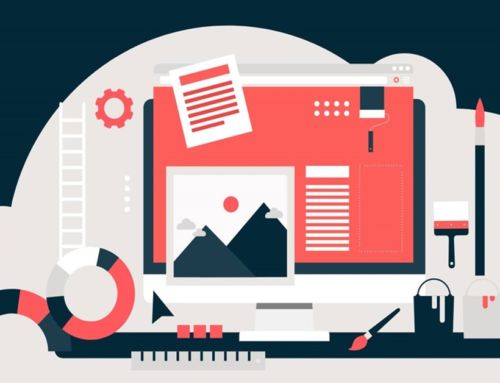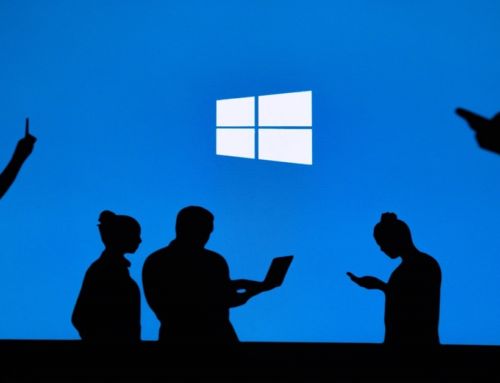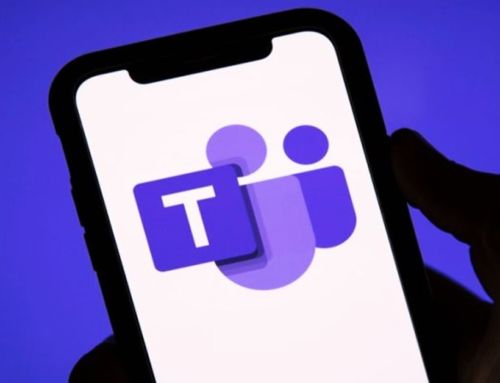Email Marketing Plan
Starting a business isn’t easy. Long before your first customer makes their first purchase, a lot of time, effort, and careful planning goes into making sure everything is just right. When you’re finally ready to open your doors (virtual or otherwise) to the public, you have a brand new set of things to consider, including how to build—and maintain—a customer base. Email marketing can play a key role in both the promotion and growth of your business. Just like with your business itself, it takes a lot of preparation to ensure your marketing runs smoothly.
Throughout the year, we’ve explored how e-commerce businesses can build upon past successes and increase revenue through email.
Identifying your audience
No matter your industry, you need to know who your audience is—or who you want your audience to be—before you can effectively communicate with them. On the surface, this may seem like a simple task. After all, if you’re a sporting goods retailer, your target audience might be athletic, outdoorsy types. If you sell supplies to restaurants, your marketing will probably be focused on chefs and restaurateurs. But once you start to dig a little deeper, you may begin to identify smaller pockets of people within your audience who need a little extra consideration.
Let’s say you’ve opened an online shop to sell your custom line of clothing and accessories for children. You’ve started to build a customer base through word-of-mouth advertising, and you’ve connected to keep your database in sync and easily follow up with customers who have made a purchase. Maybe you’ve also added a signup form to your website or social media channels, and you’ve had a number of folks join your list that way, too. All of these subscribers share an interest in your business, but they’re not necessarily interested in the same content.
The people who have made a purchase from your store might want to receive emails with care instructions for the items they bought, or messages that suggest other stuff to buy later. Those who joined your list via a signup form might instead want to follow the story of your brand or simply learn more about your products before making a purchase.
As a marketer, not only do you have to identify your overall audience, you also need to take the time to discover each unique pocket of subscribers and think about how you can reach all of them. Whether that means creating groups within your list, allowing subscribers to choose what type of content they’d like to receive from you, or something else entirely, segmentation tools can help if you get the job done.
Developing a communication strategy
Once you’ve got a clear idea of who your audience is, you can start thinking about how you’ll be communicating with them. Here are a couple of things to consider:
- Communication channels: There’s no shortage of options available for connecting and communicating with your customers, but that doesn’t mean they’re all a good fit for your particular business. Before you start sending, take a few moments to choose the mediums that will help you reach the right customers and grow your business. You might, for example, opt to send regular, longform email updates to let customers know about your new products, blog updates, upcoming events, or special promotions. Perhaps you’ll choose to interact with customers on social media or even decide to set up a content calendar to manage all of your posts across Facebook, Twitter, Pinterest, and beyond.
- Sending frequency: If you send too often, you risk your subscribers tuning out—or unsubscribing altogether. If you send too infrequently, you risk them forgetting why they joined your list in the first place—or having them unsubscribe altogether. Every audience is different, so you should experiment a bit before you determine the ideal frequency for your list. Some businesses have success by only sending when they have something important to share.
Determining your message
Now that you know who your audience is and when they’ll be receiving your messages, it’s time to decide what you want to say. Try answering these two questions:
- What does my audience expect? Every person on your mailing list joined for a reason and probably has certain expectations about what type of email they’ll be receiving. Try to meet—and exceed—those expectations by creating a personalised, enjoyable experience for your customers. Send campaigns full of beautiful images and thorough product descriptions and recommendations, and consider offering unique insights into your brand or products. Or, build a series of automation emails to welcome new customers to your list or introduce new subscribers to your brand. Finally, go the extra mile by sending helpful care instructions after a customer purchases a particular item. Better yet, recommend products to your customers.
- What are my goals? Want to expand your audience? Create an engaging email that customers want to share with their friends and make it easy by adding our social sharing options to your campaign. Want to sell more stuff? Use your email to announce new products and connect your store to include buy buttons to make it easy. Want to nudge some inactive subscribers? Create a customer re-engagement Automation campaign or offer incentives to encourage them to come back.
What works well for one business might not be effective for another, so it’s important to take the time to develop your plan—and to be ready to pivot if necessary. It may seem daunting, but in the long run, it’ll help you improve engagement, keep your customers happy, and drive revenue.


